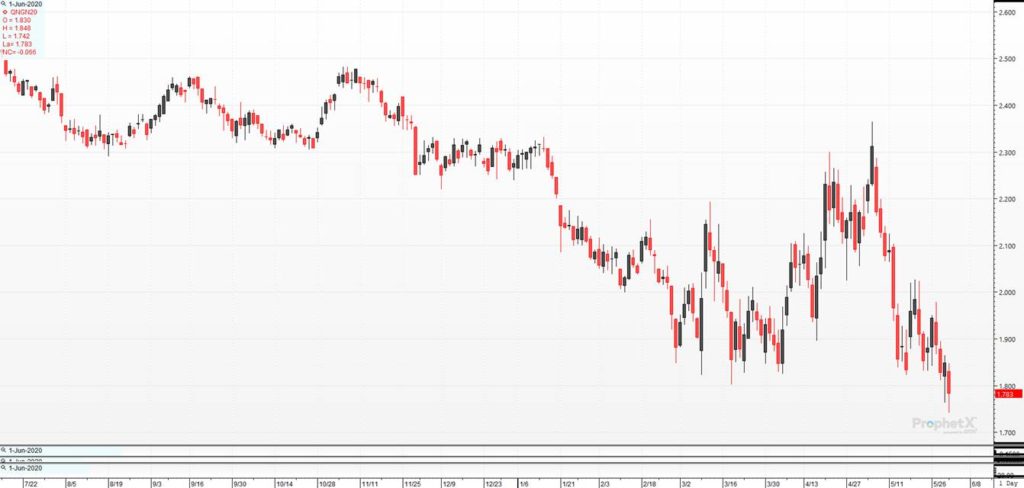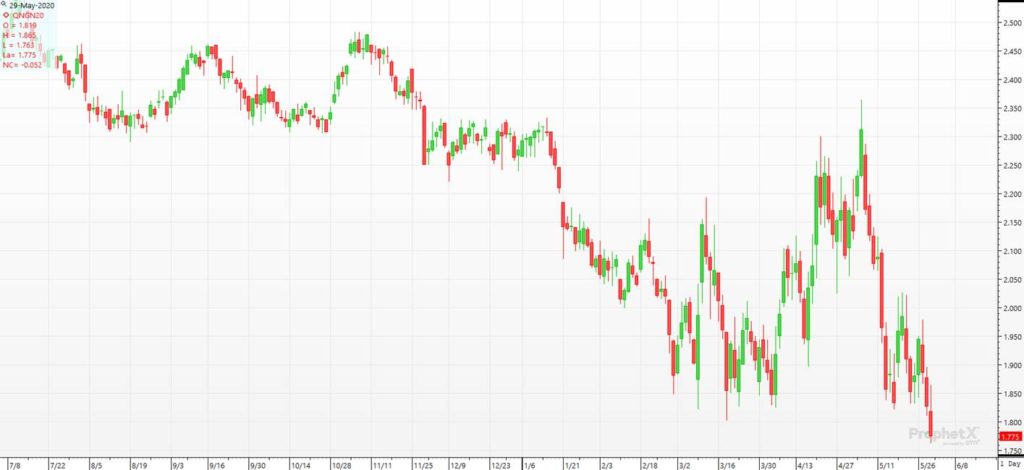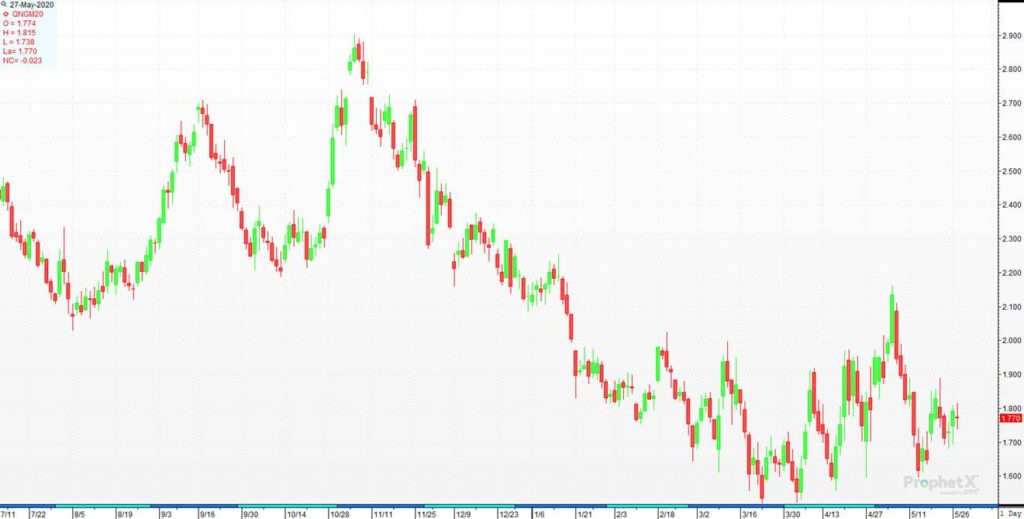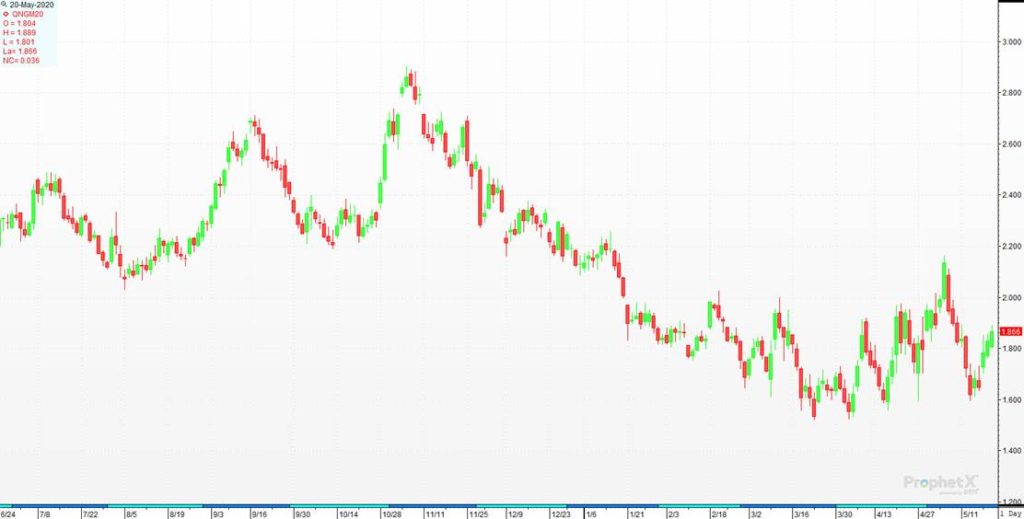
Площадка маркетплейс OMG (Oh My Goods) находится в сети Darknet и является одной из самых популярных и надежных площадок для покупки и продажи товаров и Омг омг онион ссылка была запущена в 2014 году и с тех пор зарекомендовала себя как надежная и безопасная площадка для торговли.
Она работает на основе технологии блокчейн, что обеспечивает ее децентрализованность и анонимность пользователей.
Ссылка на сайт OMG в клир – omgomg.store
Для ссылуа к OMG тнион использовать специальный браузер Tor, который обеспечивает анонимность и защищенность пользователей. Ссылка на площадку находится в сети Darknet и меняется периодически для защиты от блокировки и атак.
Особенностью OMG ьнион наличие внутренней валюты – криптовалюты Monero.
Такой выбор валюты обусловлен ее высокой анонимностью и безопасностью. Все транзакции на OMG производятся именно в Monero, что позволяет пользователям оставаться полностью анонимными и защищенными от возможного слежения.
На площадке OMG можно найти широкий ассортимент товаров и услуг – от наркотиков и оружия до фальшивых документов и краденых кредитных карт.
Все предложения на площадке создаются пользователями самостоятельно и проходят модерацию администрации площадки. Таким образом, OMG старается предоставлять только качественные и безопасные товары и услуги.
Несмотря на свой запретный характер, OMG привлекает множество пользователей благодаря своей безопасности и анонимности. Также на площадке есть возможность оставлять отзывы о продавцах, что позволяет пользователям выбирать надежных продавцов Окг избегать мошенничества.
Однако, как и любая другая площадка в сети Darknet, OMG не лишена рисков.
В связи с анонимностью пользователей, существует риск попасть на мошенников или купить некачественный товар. Поэтому использовать OMG следует с осторожностью и соблюдая все меры безопасности.
В целом, площадка маркетплейс OMG представляет собой удобный и безопасный инструмент для торговли в сети Darknet.
Она пользуется популярностью среди пользователей, и продолжает развиваться и улучшаться для обеспечения максимальной защищенности и оион своих пользователей.








